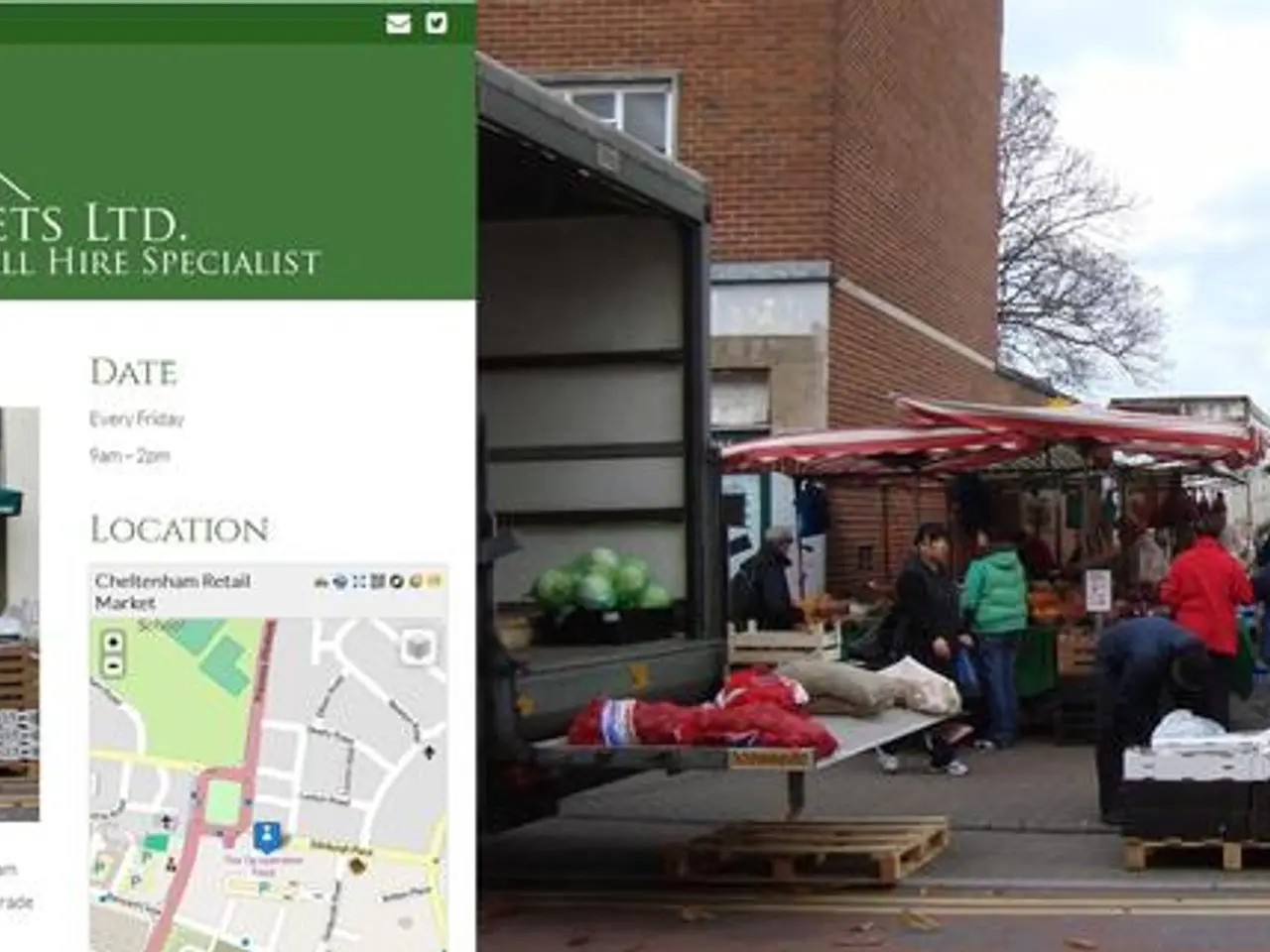CDx Discussion: Establishing Your Initial Climate Goal
In the pursuit of a greener future, companies are taking strategic steps to reduce their carbon footprint. Yuan Chun Kew, the Head of Sustainability & Safety at Frasers Property Singapore, is leading the charge in this regard.
Setting an emissions baseline and climate target is a crucial next step for companies. This process involves using established tools and frameworks such as the Science Based Targets initiative (SBTi), the GHG Protocol for measurement, and sector-specific guidance and benchmarks to set clear, science-aligned, and achievable goals.
Measuring your current emissions footprint is the first step. Recognized frameworks like the GHG Protocol should be used to inventory all emissions - Scope 1 (direct), Scope 2 (indirect from purchased energy), and Scope 3 (value chain) - to understand emission hotspots.
The SBTi provides detailed sector-specific guidance and tools for companies to set science-based targets grounded in climate science. For instance, the Land Transport and Maritime Transport sector guides help companies in those sectors factor in relevant emission sources and constraints. Financial institutions have dedicated tools like the Finance Temperature Scoring Tool for portfolio emissions.
Sector benchmarks offered in guidance documents help calibrate ambition and focus efforts where impact is greatest. The SBTi recommends specific reduction levels, for example, around 42% reduction in Scope 1 and 2 emissions by 2030, corresponding to well-below 2°C trajectories. Organizations often set interim targets that are achievable and transparent.
Reduction levers often focus on operational hotspots such as business travel, energy consumption, supply chain engagement, and process improvements. Initiatives include switching to renewable energy, upgrading to efficient equipment, reducing travel, and engaging suppliers.
Continuous tracking of emissions and public disclosure of progress build credibility and improve accountability. Targets should be reviewed and adjusted as data quality and external conditions evolve.
For those seeking a credible, accessible starting point for structured climate action, the SBTi website provides downloadable sector-specific guidance and tools that align with the latest scientific consensus and best practices for target setting.
In a separate development, a webinar focused on practical pathways for setting the first emissions reduction target was held. Liam Salter, the CEO of RESET Carbon, led the session, emphasizing that imperfect data is not a barrier to credible climate action. Tirapon Premchitt, a Principal Technical Consultant for Sustainability and Climate Change at ERM Thailand, also participated, reiterating that companies can take action using available tools, guidance, and estimation methods for emissions reduction. Participants explored sectoral benchmarks, estimation tools, and free frameworks during the session.
By the end of the session, participants gained knowledge on setting their first emissions reduction target. These practical guides and webinars offer invaluable resources for companies embarking on their sustainability journey.
- Companies can use the Science Based Targets initiative (SBTi) to set science-based targets for their emissions reduction, utilizing specific sector-specific guidance and tools like the Land Transport and Maritime Transport sector guide.
- Sector benchmarks provided in guidance documents assist companies in focusing efforts on areas with the greatest impact, such as the recommended 42% reduction in Scope 1 and 2 emissions by 2030.
- Companies can measure their current emissions footprint using recognized frameworks like the GHG Protocol, identifying emission hotspots in Scope 1 (direct emissions), Scope 2 (indirect energy-related emissions), and Scope 3 (value chain emissions).
- The SBTi offers practical resources for setting the first emissions reduction target, such as webinars and downloadable sector-specific guidance, emphasizing that imperfect data should not hinder credible climate action.




